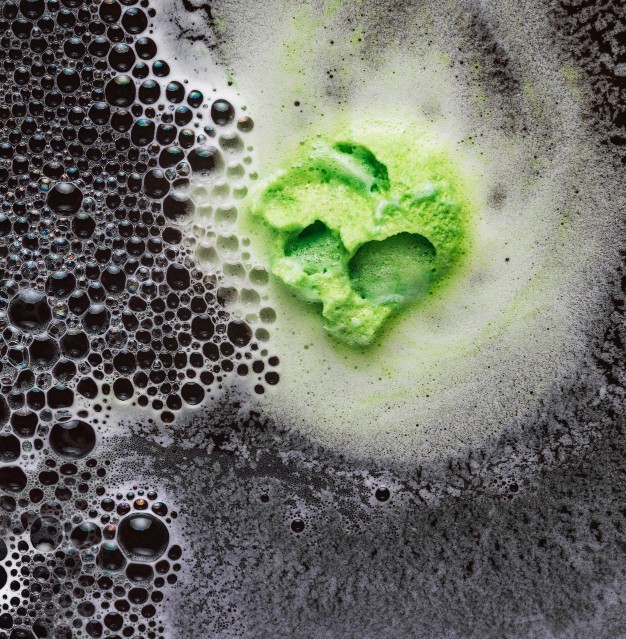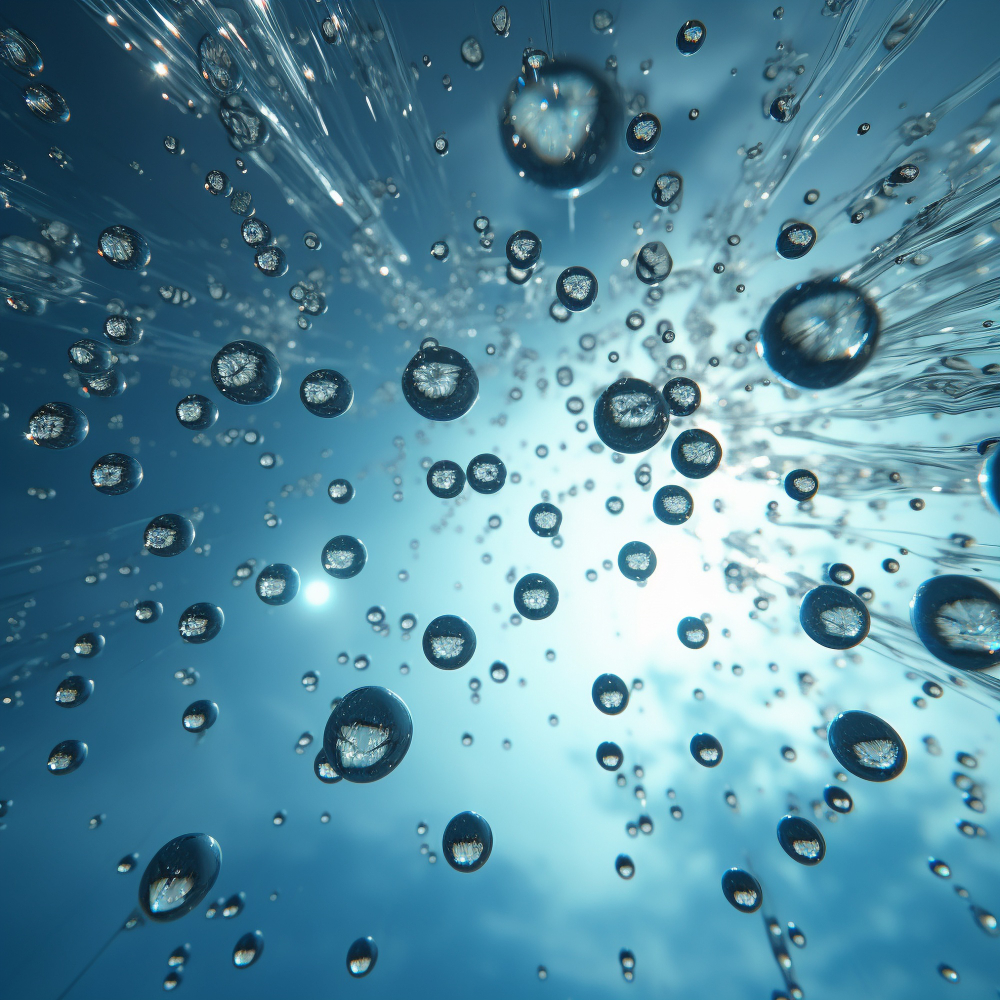Nano Bubbles for Aquaculture
1. How Do Nano Bubbles Benefit Aquaculture?
Nano bubbles play a vital role in improving water quality and fish health in aquaculture systems. By delivering high levels of dissolved oxygen throughout the water column, nano bubbles create an optimal environment for aquatic life. They enhance oxygen availability even in deeper or stagnant areas, reducing fish stress, promoting faster growth, improving feed conversion ratios, and decreasing mortality rates. Their ability to oxidize organic waste and harmful compounds like ammonia also leads to cleaner, healthier tanks and ponds without relying heavily on chemicals.
2. Why is Oxygenation Important in Aquaculture?
Oxygenation is crucial because fish and other aquatic species require sufficient oxygen for metabolism, growth, and survival. Inadequate oxygen levels can lead to stress, disease, poor growth, and even mass mortality. Traditional aeration methods often fail to distribute oxygen evenly or efficiently, especially in large or deep systems. Nano bubbles overcome these challenges by delivering oxygen directly and uniformly throughout the water, ensuring that all aquatic organisms benefit from an oxygen-rich environment.
3. How Do Nano Bubbles Improve Water Quality in Fish Farms?
Nano bubbles improve water quality by enhancing the breakdown of organic matter, reducing harmful compounds like ammonia and nitrites, and supporting beneficial bacterial growth. Their ability to stay suspended for long periods and penetrate into biofilms and sediments ensures continuous cleaning action. This results in clearer water, reduced algae growth, better waste management, and healthier living conditions for aquatic animals.
4. Are Nano Bubbles Safe for Fish and Other Aquatic Life?
Yes, nano bubbles are completely safe for fish, shrimp, and other aquatic organisms when generated properly. They work naturally by increasing oxygen levels and oxidizing waste without introducing harmful chemicals. Their gentle, non-invasive action helps to create a balanced and stable ecosystem, reducing the risks associated with chemical treatments or sudden water quality changes.
5. Why Should Aquaculture Farms Use Nano Bubble Technology?
Aquaculture farms can greatly benefit from adopting nano bubble technology because it leads to higher survival rates, faster fish growth, improved water quality, reduced need for chemical treatments, and lower operational costs. Nano bubbles help create a more sustainable and profitable farming system, aligning with the increasing demand for eco-friendly and responsible aquaculture practices worldwide.
6. How Do Nano Bubbles Reduce Disease Risks in Aquaculture?
By maintaining higher dissolved oxygen levels and breaking down harmful waste products, nano bubbles create an environment less favorable for pathogenic bacteria and parasites. Healthier water conditions mean stronger immune systems for fish, lowering disease risks naturally without relying heavily on antibiotics or chemical treatments.
7. Can Nano Bubbles Help in Biofloc and RAS Systems?
Absolutely. In biofloc and recirculating aquaculture systems (RAS), nano bubbles improve microbial activity, enhance floc formation, and boost nitrification processes. They support better waste breakdown and maintain water quality, which is critical for the success and efficiency of modern intensive aquaculture systems.
8. What Gases Can Be Used with Nano Bubbles in Aquaculture?
While oxygen is the most commonly used gas, nano bubbles can also be generated using ozone for disinfection purposes or carbon dioxide for pH adjustments. Oxygen nano bubbles are primarily preferred for promoting fish health, while ozone nano bubbles are used for controlling pathogens and improving biosecurity in aquaculture operations.
9. How Cost-Effective is Nano Bubble Technology for Fish Farmers?
Although there is an initial investment in nano bubble generators, the long-term benefits such as higher survival rates, faster growth, improved water quality, reduced feed waste, and lower chemical usage result in significant cost savings. Over time, farmers experience higher yields and better profitability, making nano bubble technology a smart and sustainable investment.
10. What Makes Nano Bubble Oxygenation Better Than Traditional Aeration?
Traditional aeration methods, like diffused air systems or paddle wheels, often deliver oxygen inefficiently, especially to lower water layers. Nano bubble oxygenation is far superior because it provides uniform oxygen delivery, enhances oxygen transfer rates, stays suspended longer, and penetrates into sediments and biofilms. This leads to more consistent water quality, healthier fish, and better farm performance overall.





